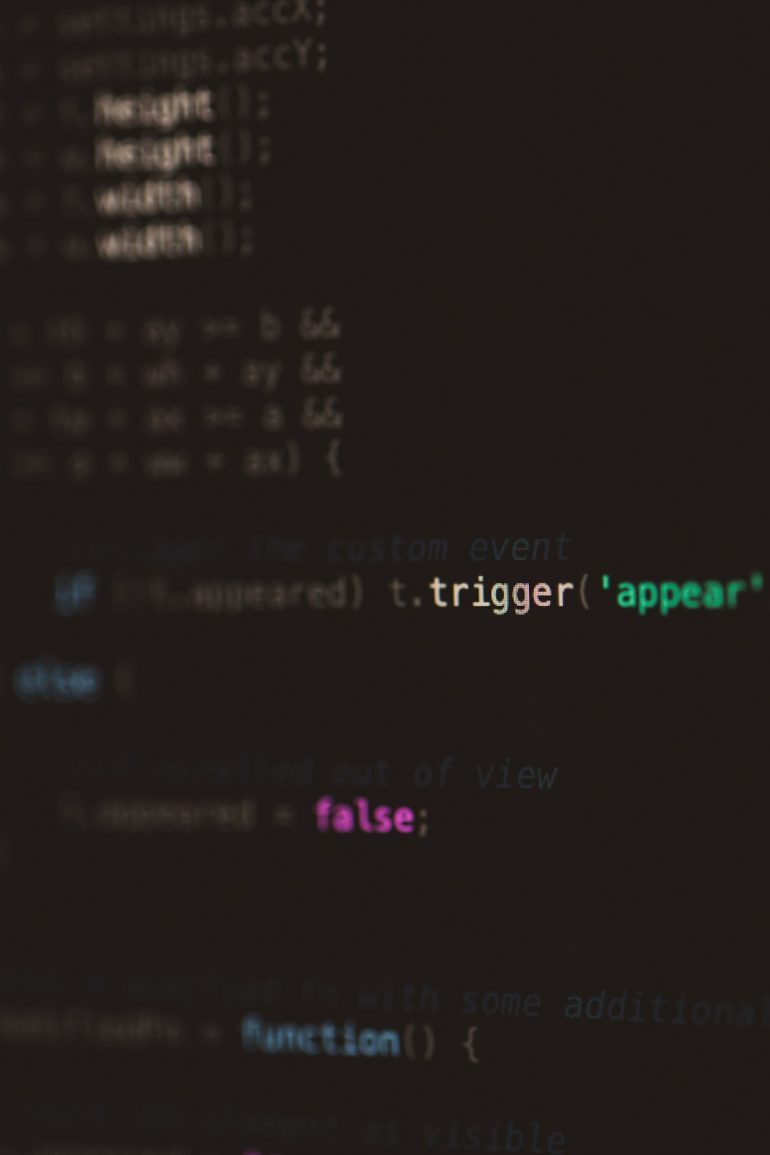Divi Form Blocks vs Shortcodes: Which Is More Stable?
As WordPress continues to dominate the content management landscape, the tools and methods to design and manage content within it have evolved at a rapid pace. Among the most debated aspects in modern WordPress development is the use of shortcodes versus the growing adoption of block-based modules. In the ecosystem of Elegant Themes’ Divi Builder, this debate is particularly relevant when considering the stability and future-proofing of form integration—whether to use Divi Form Blocks or traditional shortcodes.
This article explores the technical implications, stability, and usability aspects of both approaches in the context of Divi. Whether you are a freelance site builder or a professional managing dozens of large websites, understanding the differences can help future-proof your projects and reduce maintenance issues.
What Are Divi Form Blocks?
Table of Contents
Divi Form Blocks are a feature introduced in recent versions of the Divi Builder as part of WordPress’s move toward the block-based editing experience, popularized by the Gutenberg editor. These blocks offer a visual, intuitive way to construct forms using drag-and-drop elements directly within the page builder.
- Visual Editing Experience: You see exactly what the form will look like on the frontend.
- Native Compatibility: Works seamlessly with the Divi theme and builder interface.
- Reusable: Easily duplicate or adjust block elements without breaking the design.
The modularity and ease-of-use of blocks are attractive features for users who prioritize design fidelity and live-edit responsiveness.
What Are Shortcodes?
Shortcodes have been a foundational feature of WordPress since version 2.5. They allow users to insert complex content or scripts into WordPress posts and pages with a simple syntax, typically enclosed in square brackets.
Using forms with shortcodes usually involves adding something like:
[contact-form id="123" title="Contact Form"]These are interpreted by WordPress at runtime, producing the intended content or functionality.
- Lightweight: Minimal HTML formatting; does not rely on a visual interface.
- Plugin-Dependent: Usually linked to third-party form plugins like Contact Form 7.
- Lacks Visual Cues: No real-time preview in the editor.
Though immensely flexible, shortcodes are now considered legacy tools compared to the more modern block-based equivalents.
Feature Comparison: Form Blocks vs Shortcodes
| Criteria | Divi Form Blocks | Shortcodes |
|---|---|---|
| Visual Feedback | Immediately reflects changes | No live preview |
| Ease of Use | User-friendly, drag-and-drop | Requires knowledge of shortcode syntax |
| Integration with Divi | Seamless | Possible, but can require additional CSS/JS |
| Stability | High—native to new WordPress standards | Potentially problematic during updates |
| Performance | Optimized for Divi environment | Depends on plugin implementation |
From this perspective, it’s evident that Divi Form Blocks are crafted to offer greater control, clarity, and cohesion for users operating within the Divi ecosystem.
Stability Concerns: Why Stability Matters
Stability in web design refers to how well a feature or system maintains its function and appearance across WordPress updates, plugin changes, or theme modifications. A stable system requires less maintenance, results in fewer bugs, and offers a consistent user experience.
Shortcodes are particularly vulnerable to breaking due to:
- Plugin deactivations or removals
- Changes in shortcode syntax
- Conflicts arising from theme or WordPress core updates
In contrast, Divi Form Blocks are native to the Divi Builder. This means they are inherently more insulated from external changes, making them more reliable in the long run.

Security & Maintenance
Another critical factor in determining stability is how each method handles security and ongoing maintenance. While shortcodes may execute PHP logic and interact with back-end database elements, they also open the door to potential vulnerabilities—especially when rendered improperly or used with poorly maintained plugins.
Divi Form Blocks, on the other hand, benefit from the Divi development team’s ongoing updates and testing procedures, which typically include security patches and feature enhancements.
Future-Proofing Your WordPress Site
WordPress has made it clear that its future lies in the block-based editing experience. This makes a compelling case for migrating to blocks for form creation and management. As newer versions of WordPress deprecate backend editors and rely more heavily on blocks, shortcodes may eventually fall out of favor entirely or require supplementary plugins to remain functional.
This trend makes Divi Form Blocks the more future-proof choice. Their use ensures broader compatibility with upcoming WordPress versions and broader design systems.
The User Experience Perspective
From the standpoint of end-users and clients, Divi Form Blocks hold a significant advantage. They don’t require knowledge of shortcode syntax, plugin configurations, or backend script logic. The drag-and-drop interface means that even users with minimal technical knowledge can build or adjust forms quickly and effectively.
Shortcodes, while powerful, are often unintuitive. If a site owner needs to change the form, they either risk breaking the page or need to call in a developer.
Performance Metrics
A commonly held belief is that shortcodes offer better performance due to their lightweight implementation. However, this isn’t always the case. Divi Form Blocks are optimized within the Divi Builder’s architecture, which means they often load faster and behave more efficiently when used alongside other Divi modules.
Performance bottlenecks with shortcodes typically come from plugins that add unnecessary scripts site-wide, whether or not the shortcode is in use.
Drawbacks of Divi Form Blocks
No tool is without its limitations. Divi Form Blocks do come with a few caveats:
- Learning Curve: Users unfamiliar with blocks might need time to adapt.
- Dependency: Strongly tied to the Divi ecosystem, which may reduce flexibility if migrating to another theme.
Even so, the benefits outweigh these limitations, especially if you’re already committed to using Divi for your site architecture and design workflows.
Final Verdict: Stability Favors Divi Form Blocks
When the priority is long-term stability, maintainability, and seamless integration, Divi Form Blocks emerge as the clear winner. Shortcodes, while still viable and exceptionally versatile in more generic WordPress installations, carry inherent risks tied to plugin dependencies and syntax fragility.
Key reasons Divi Form Blocks are more stable:
- Native integration with Divi Builder
- Less prone to breakage with updates
- Aligns with WordPress’s block-first future
- Better visual control and user interface

Modern WordPress development is quickly moving toward low-maintenance, visually intuitive solutions. For those invested in the Divi platform, adopting Divi Form Blocks is not just a matter of convenience—it’s a strategic decision for long-term site stability.







